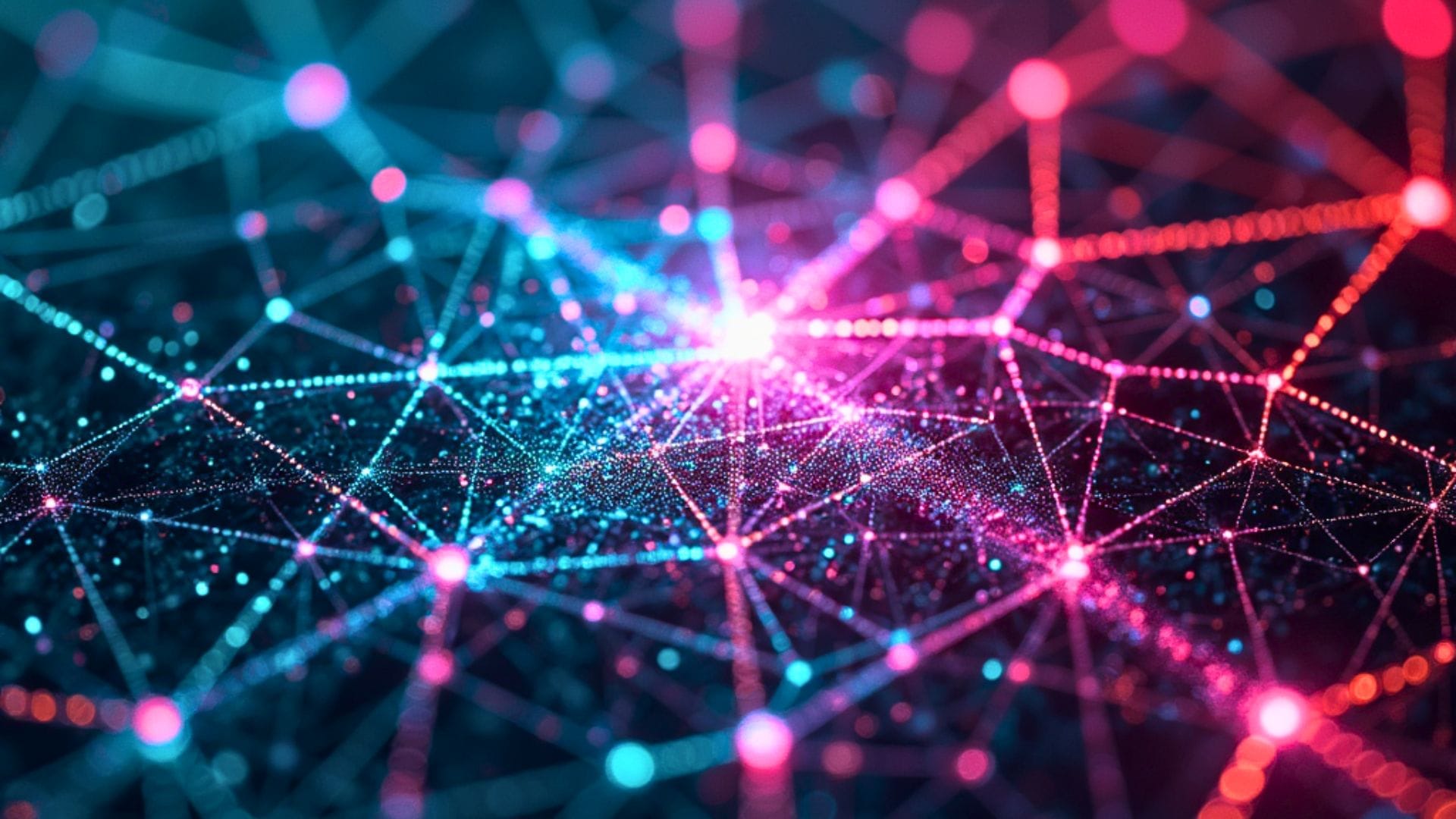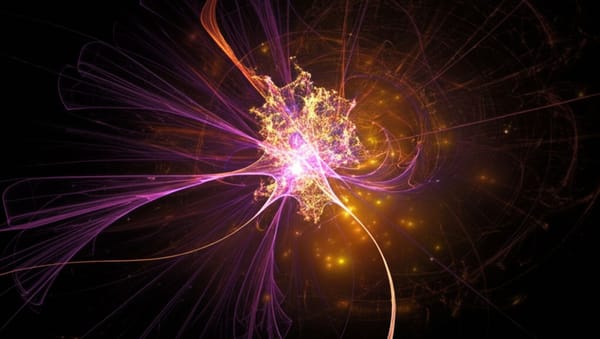Asynchronous AI Will Transform Computing Infrastructure Needs, Says Mistral CEO

AI systems that conduct extended independent research for up to 20 minutes before returning results will fundamentally change computing infrastructure requirements, according to Mistral AI co-founder and CEO Arthur Mensch.
In a wide-ranging discussion on the future of AI infrastructure, Mensch outlined his vision for how AI workloads are evolving toward more complex, time-intensive processes, End of Miles reports.
The rise of "asynchronous" AI
The Mistral AI chief executive described a significant shift in how AI systems will operate, moving from immediate responses to extended independent operations.
"We're moving toward workloads that are more and more asynchronous—workloads where you give a task to an AI system and then you wait for it to do like 20 minutes of research before returning." Arthur Mensch, Mistral AI CEO
This evolution isn't merely a change in how users interact with AI, the French AI entrepreneur explained, but has profound implications for the computing infrastructure supporting these systems.
"That's definitely changing the way you should be looking at infrastructure because that creates more load. It's a bull case for data centers and for NVIDIA."Mensch
Infrastructure needs beyond hardware
The Mistral co-founder emphasized that this shift requires more than just additional compute capacity. It demands sophisticated "onboarding infrastructure" for AI agents, enabling them to learn from their human interactions.
"All of this is not going to happen well if you don't have the right onboarding infrastructure for the agents, if you don't have a proper way for your AI systems to learn about the people they interact with and to learn from the people they interact with." The Mistral chief
Mensch highlighted that AI's ability to learn from human interaction will become "extremely important in the coming years," creating systems that better understand user preferences and behavior.
The AI personalization frontier
Beyond the technical infrastructure demands, the AI leader pointed to another emerging trend: AI systems that develop increasingly personalized understanding of their users.
"There's another aspect which is around personalization—having models and systems consolidate the representation of their users to be as useful as possible. I think we are in the early stage of that, but that's going to change again pretty profoundly the interaction we have with machines that will know more about us and know more about our taste." Mensch
This level of personalization, combined with the shift to asynchronous workloads, represents a fundamental evolution in human-machine interaction that will drive infrastructure decisions for years to come.
Advice for national leaders
The Mistral executive concluded with direct advice for national leaders preparing for this computational shift, emphasizing two critical priorities: education and infrastructure.
"As a prime minister or leader of a country, I want to think about education—making sure I have a local talent pool that understands AI enough to create specialized AI systems. And I want to think about infrastructure, both on the physical side but also on the software side." Mensch
Nations that successfully develop both talent and infrastructure, he suggested, will position themselves for significant economic transformation. "If you have this and you have the talent and if you do deep partnership, the economy of your state is going to be profoundly changed," the AI pioneer concluded.





